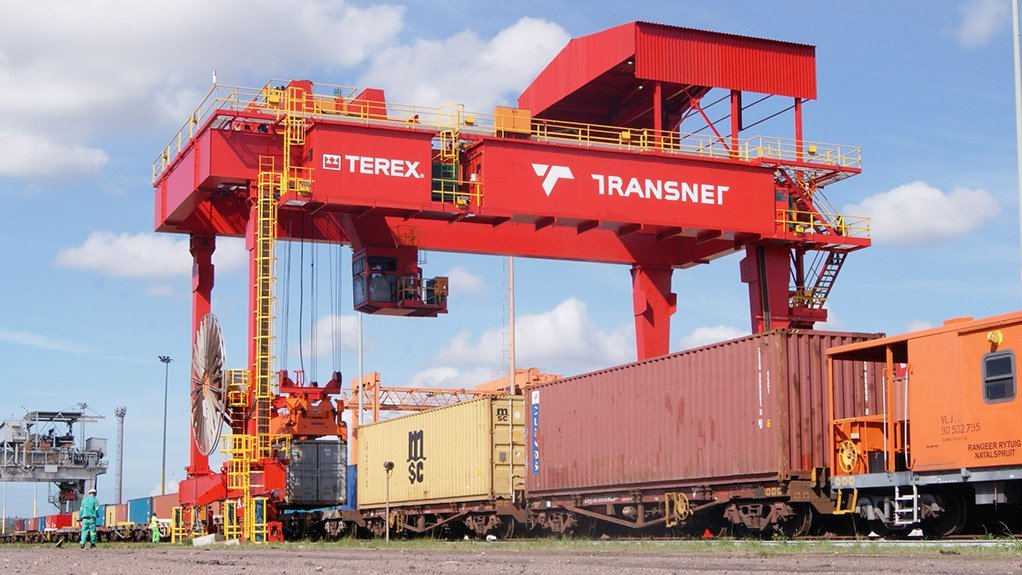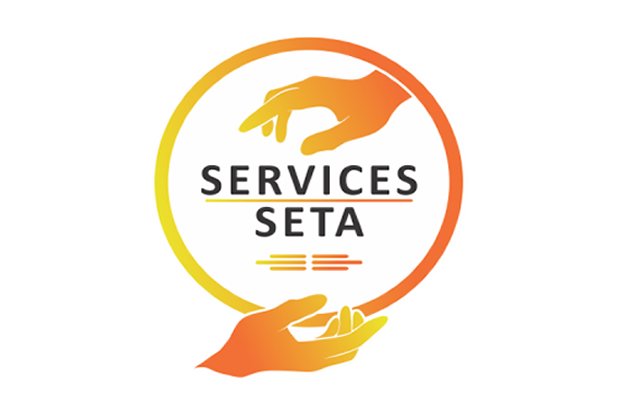
Imagine landing a solid job in South Africa’s bustling transport world. Transnet handles ports, rails, and pipelines that keep the country moving. A well-registered CV could be your ticket to steady work and real growth.
Transnet stands as a major state-owned company. It runs freight services across the nation. Registering your CV puts you in their talent database. This step lets you apply for jobs, join career events, and enter recruitment drives without hassle.
You gain quick access to new openings. Your profile stays active for recruiters to spot. Plus, you get alerts on roles that match your skills. This saves time and boosts your chances in a tough job market.
This guide walks you through every part. You’ll learn basics, prep tips, and exact steps. By the end, you’ll feel ready to register your CV to Transnet and chase those opportunities.
Understanding Transnet CV Registration Basics
Transnet’s system helps job seekers like you connect with roles in logistics and transport. Knowing the basics builds your confidence. It cuts down on surprises during the process.
What Is Transnet CV Registration?
Transnet CV registration means uploading your resume to their online portal. This adds you to their pool of candidates. They use it to fill positions in areas like rail operations or port management.
It’s not just a one-shot deal. You register once, but update for specific jobs. Always head to the official site, careers.transnet.net, to stay safe from fake job scams.
This process keeps your info on file for future hires. Recruiters search the database for matches. A strong entry here can lead to interviews down the line.
Who Is Eligible to Register?
Most folks over 18 with South African citizenship can sign up. You need basic qualifications tied to the job field. Transnet hires for engineering, finance, operations, and more.
No strict degree required for all spots. Entry-level roles often ask for a matric certificate. Focus on skills in transport or supply chains to fit their needs.
Useful Links:
Tailor your CV to key areas like rail safety or port logistics. This makes your profile pop in their searches. Check job postings for exact must-haves before you apply.
Common Challenges and How to Overcome Them
Tech issues pop up, like slow uploads or site crashes. Incomplete forms waste your time too. These snags frustrate many applicants.
Use a reliable internet connection to dodge glitches. Double-check every field before you hit submit. If errors occur, clear your browser cache and try again.
Processing takes a few days, so stay patient. Contact Transnet support if nothing happens after a week. Prep all docs ahead to speed things up.
Preparing Your CV for Transnet Registration
Your CV is your first impression. Make it shine for Transnet’s world of heavy industry and teamwork. Custom work here sets you apart from the crowd.
Think of it like packing for a long haul trip. You need the right tools to handle the road ahead. Solid prep ensures your application rolls smoothly.
Key Elements to Include in Your CV
Start with your full name, phone, email, and address. Add a short summary of your top skills and goals. List work history from newest to oldest.
Include education details, like degrees or certifications. Highlight skills such as driving heavy vehicles or basic computer use. Don’t forget references if you have them.
Pull keywords from Transnet ads, like “logistics coordination” or “maintenance protocols.” This helps their system spot you fast. Keep it real—match your actual experience.
Tailoring Your CV to Transnet’s Requirements
Transnet values hands-on work in transport sectors. Show your time in warehouses, trucking, or safety checks. Link your past jobs to their daily ops.
Quantify your wins. Say, “Cut delivery delays by 15% through better routing.” Add certs like forklift training or NQF level 4 in engineering.
Research their focus on safe, efficient moves. Weave in how your background supports that. This makes your CV feel custom-built for them.
Proofreading and Formatting Tips
Errors can sink your chances. Read your CV twice, then hand it to a friend. Fix any typos or awkward spots.
Stick to PDF or Word files for easy reading. Use simple fonts like Arial at 11 points. Limit to two or three pages max.
ATS systems scan for structure. Avoid fancy graphics or tables. Test print it to check clarity.
Step-by-Step Guide to Registering Your CV Online
Now for the main event. Follow these steps to get your CV into Transnet’s system. It’s straightforward if you take it slow.
Security matters here. Use trusted networks and watch for phishing signs. This keeps your data safe during upload.
Creating a Transnet Account
Go to careers.transnet.net on your browser. Click the “Register” button in the top corner. Fill in your name, email, and a secure password.
Pick a work email, not your old personal one. Add your ID number and contact details. Confirm everything matches your ID docs.
If two-factor setup shows, turn it on. This adds an extra lock to your account. Hit submit and check your inbox for the welcome email.
Uploading and Submitting Your CV
Log in to your new account. Find the “Upload CV” or “Profile” section. Select the file from your computer.
Cover letters help if the form asks. Keep files small, under 5MB. Name it clear, like “JaneDoe_CV_Transnet_2023.pdf.”
Review the preview screen. Make sure it looks right. Click submit and note the confirmation message.
Verifying Your Registration
Watch for an email with a confirmation link. Click it to activate your profile. Log back in to see your dashboard status.
Your CV should show as “uploaded” there. Jot down any reference number they give. It helps track your app later.
No email in a day? Check spam folders. If still nothing, email Transnet HR with your details. Follow up politely after seven days.
Post-Registration Tips and Best Practices
Registration done? Great job. Now keep your profile fresh to stay in the game. This section covers ways to build on your start.
Ongoing effort pays off. Treat it like maintaining a vehicle—regular checks keep it running strong.
Updating Your CV Regularly
Life changes, so should your CV. Log in every six months to add new jobs or skills. Tweak it after training courses too.
Match updates to hot trends, like green energy in transport. This keeps you relevant for Transnet’s shifting needs.
Save old versions for records. Resubmit if major updates happen. It shows you’re active and growing.
Monitoring Job Opportunities
Sign up for email alerts on the portal. Pick categories like “engineering vacancies” or “admin roles.” This brings news straight to you.
Follow Transnet on LinkedIn and Twitter for quick posts. Set Google Alerts for “Transnet job openings South Africa.”
Check the site weekly. Apply fast to new listings. Speed counts in competitive fields.
Networking and Follow-Up Strategies
Join Transnet career days or industry meetups. Chat with staff about openings. It builds real connections.
Link with Transnet folks on LinkedIn. Send notes like, “I registered my CV—any tips?” Keep it short and friendly.
After applying, email recruiters. Mention your ID number. Say thanks and ask about next steps. Persistence wins here.
Conclusion
Registering your CV to Transnet opens doors in South Africa’s key logistics sector. You start by grasping the basics, prepping a sharp resume, and following the online steps. Then, update often and network to stay ahead.
Key points: Tailor your docs to their world, upload securely, and verify everything. This positions you for roles that offer stability and impact.
Don’t wait. Head to the portal now. Your next big break in transport could be just a click away.




